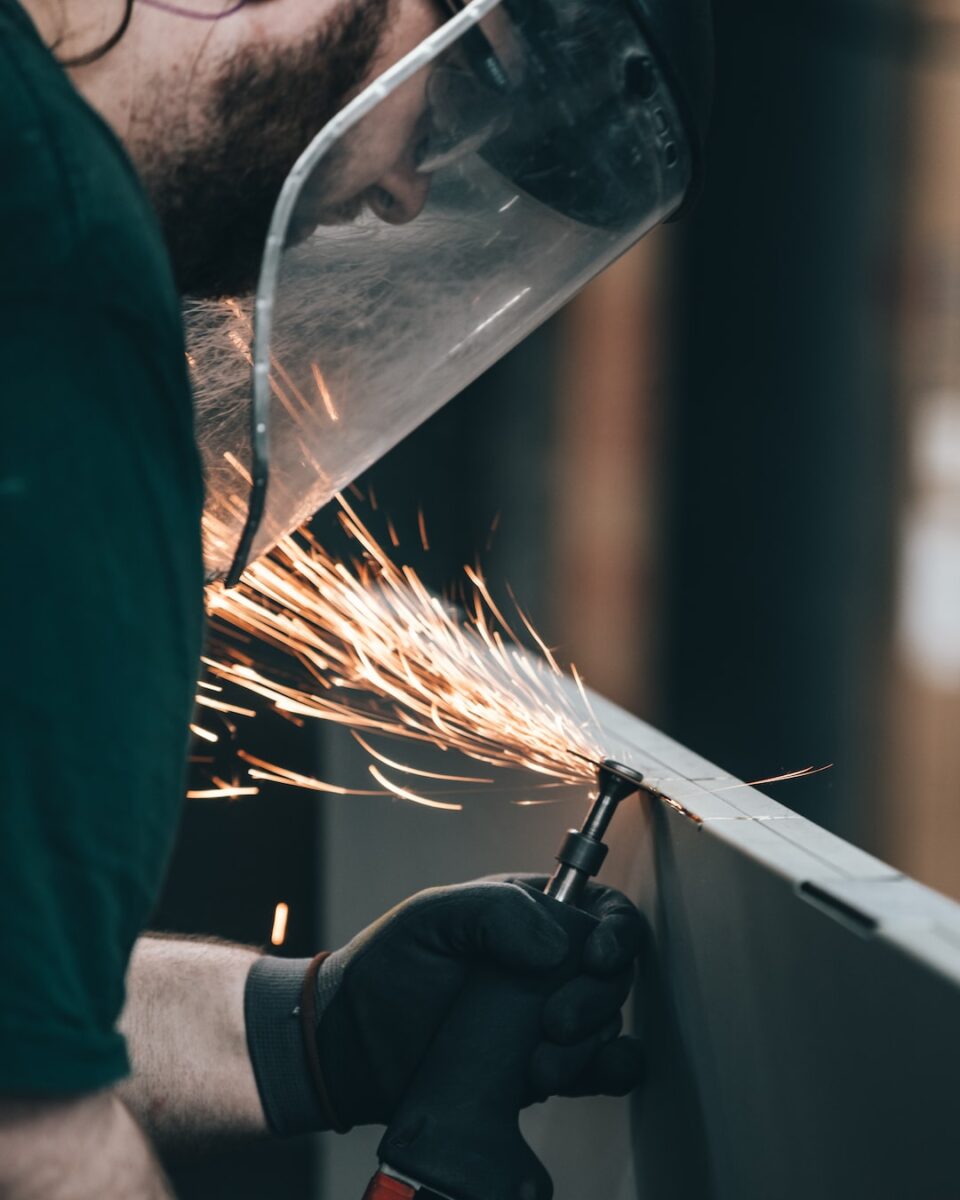Revolutionizing the Aerospace Manufacturing Industry
The aerospace industry plays a crucial role in modern society as it provides the means for global transportation and exploration of outer space. However, the complexity and rigorous requirements of aerospace manufacturing have presented unique challenges to the industry. Fortunately, recent advancements in technology and innovative approaches are revolutionizing the aerospace manufacturing industry, enabling better efficiency, improved safety, and enhanced performance.
One of the significant advancements that have taken the aerospace manufacturing industry by storm is additive manufacturing, also known as 3D printing. This groundbreaking technology has already demonstrated its capabilities in various fields, including medical devices and automotive manufacturing. With 3D printing, aerospace manufacturers can create intricate and complex parts with minimal waste, reducing the production time and costs significantly. This technology allows for the production of lightweight yet robust components, leading to improved fuel efficiency and increased payload capacity. Furthermore, additive manufacturing enables rapid prototyping, facilitating iterative design processes and accelerating the development of new and innovative aerospace technologies.
The utilization of advanced materials is another key aspect of revolutionizing the aerospace manufacturing industry. Traditional aerospace materials such as aluminum and titanium have long been the primary choices due to their strength and lightness. However, the introduction of composite materials, including carbon fiber-reinforced polymers, has revolutionized aerospace manufacturing. These materials offer high strength-to-weight ratios, corrosion resistance, and improved fatigue properties. The use of composites not only reduces the weight of the aircraft, resulting in reduced fuel consumption and emissions, but also enhances the overall safety and durability of aerospace structures.
Furthermore, the integration of robotics and automation in aerospace manufacturing processes has revolutionized industry standards. Robotic systems are increasingly being employed for tasks such as precision machining, welding, and assembly, improving the efficiency and accuracy of manufacturing operations. Automation reduces human error and lowers the risk of accidents, thus enhancing workplace safety. Moreover, robotic systems can operate 24/7, enabling continuous production and reducing time-to-market. The combination of robotics and automation streamlines the aerospace manufacturing process, resulting in increased productivity and reduced costs.
Another exciting development in the aerospace manufacturing industry is the implementation of digital twin technology. Digital twin refers to creating a virtual replica of a physical product or system, allowing for real-time monitoring, analysis, and optimization. This technology enables aerospace manufacturers to simulate and test designs before actual production, leading to more efficient processes and improved performance. Digital twin technology also facilitates predictive maintenance, identifying potential issues before they occur, thus increasing safety and reducing downtime. Furthermore, the integration of Internet of Things (IoT) devices in aerospace manufacturing facilities allows for seamless data collection and communication, enabling improved decision-making and better overall management of operations.
To revolutionize the aerospace manufacturing industry, collaboration between academia, industry, and government agencies is crucial. Governments need to invest in research and development to drive innovation and foster the growth of advanced manufacturing technologies. Industry leaders should actively seek partnerships with research institutions to leverage their expertise and access to cutting-edge technologies. Academic institutions must adapt their curricula to address the evolving needs of the aerospace manufacturing industry, preparing a skilled workforce capable of driving innovation and implementing the latest technologies.
In conclusion, the aerospace manufacturing industry is undergoing a significant transformation due to technological advancements and innovative approaches. Additive manufacturing, advanced materials, robotics, automation, digital twin technology, and collaboration are revolutionizing the industry, enabling better efficiency, improved safety, and enhanced performance. Continued investment in research and development, combined with collaboration between academia, industry, and government agencies, will further drive innovation and propel the aerospace manufacturing industry forward into a future of unprecedented capabilities.


